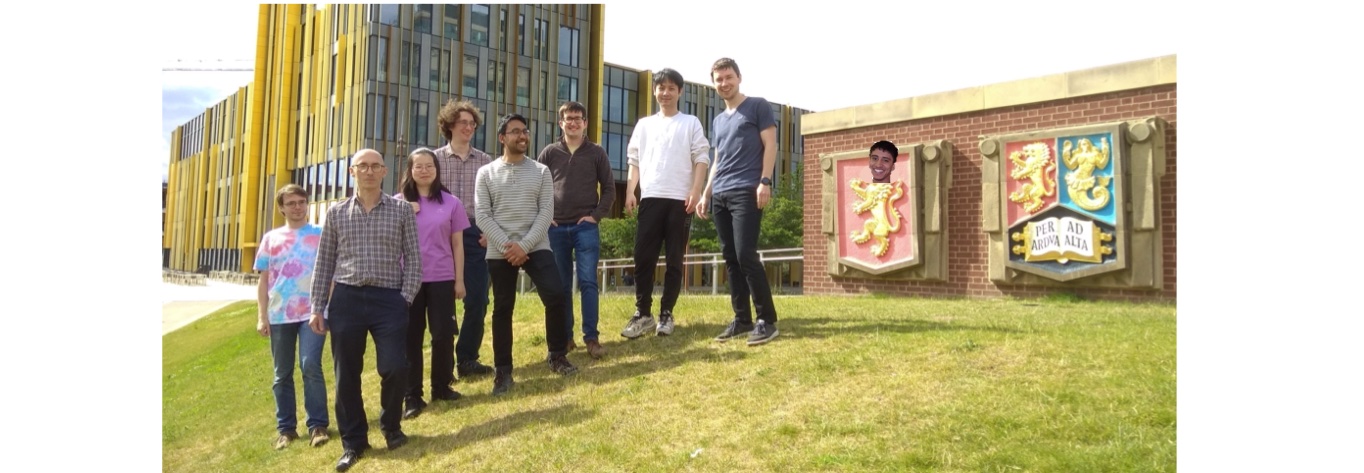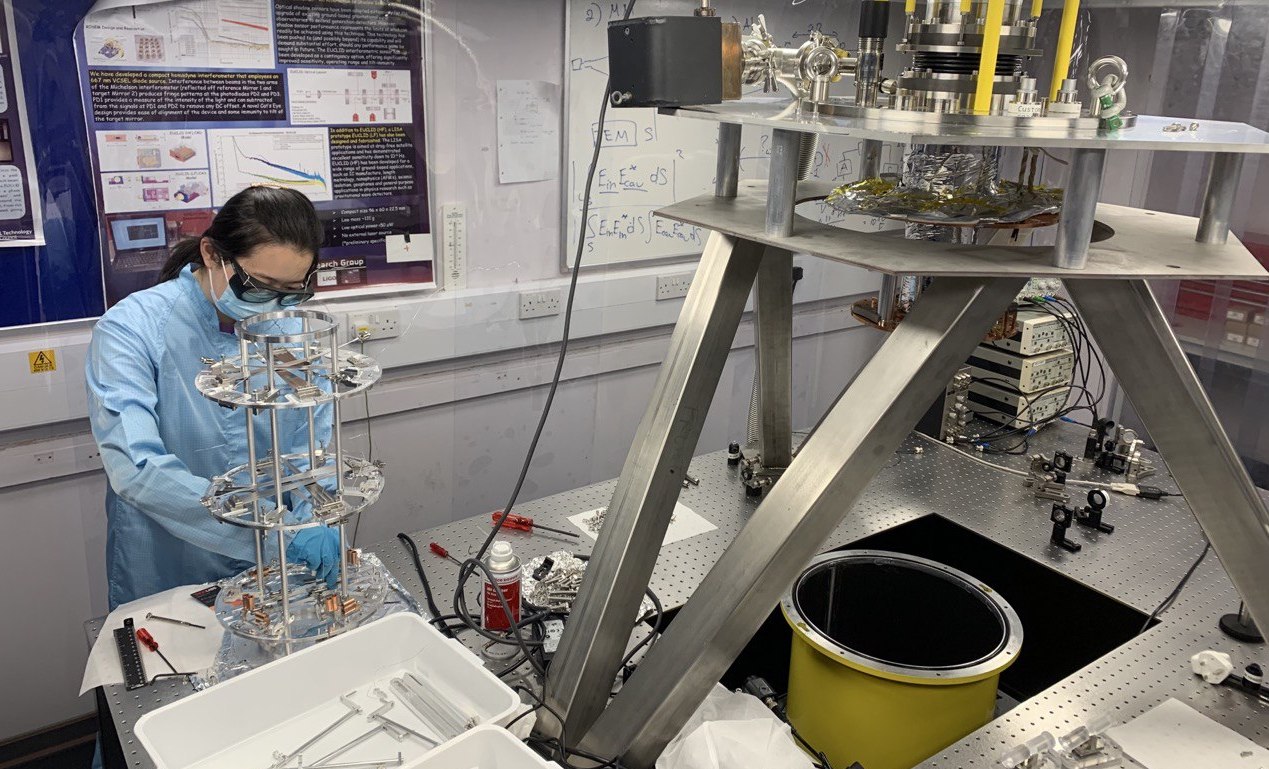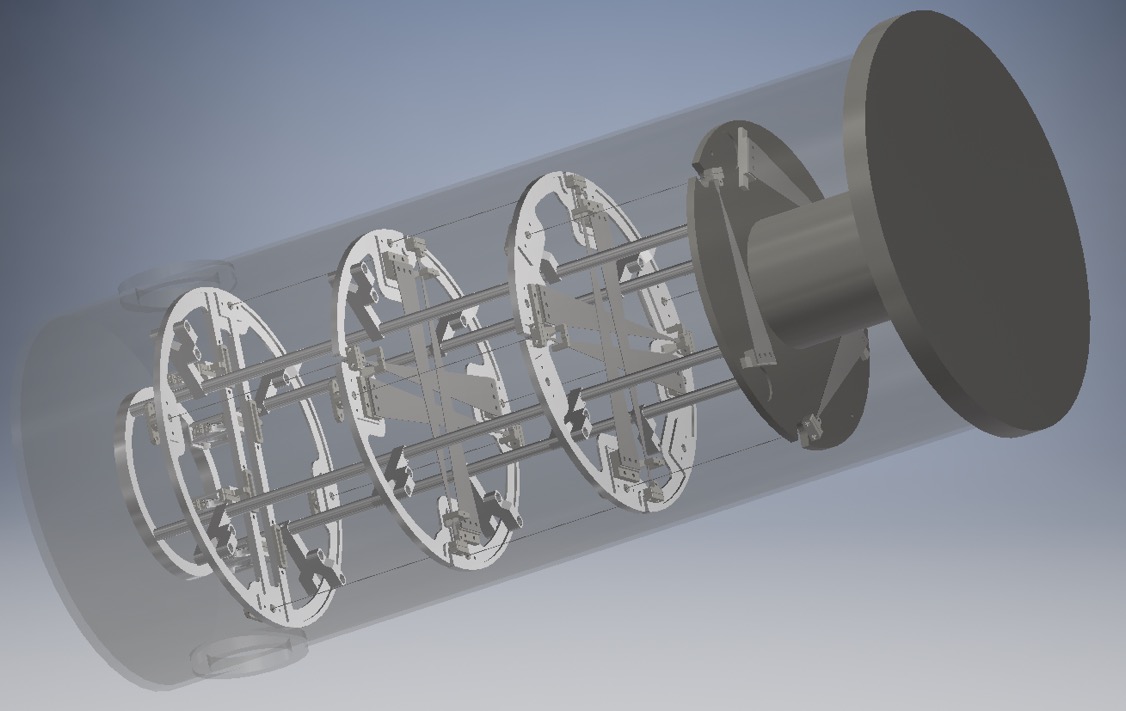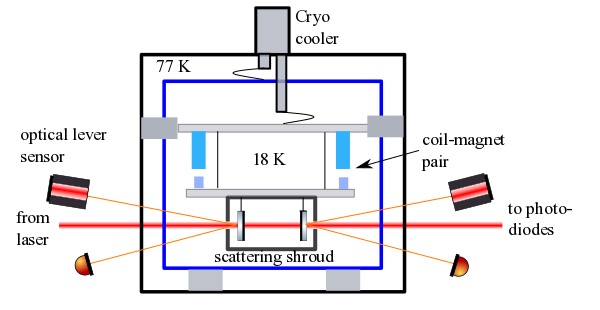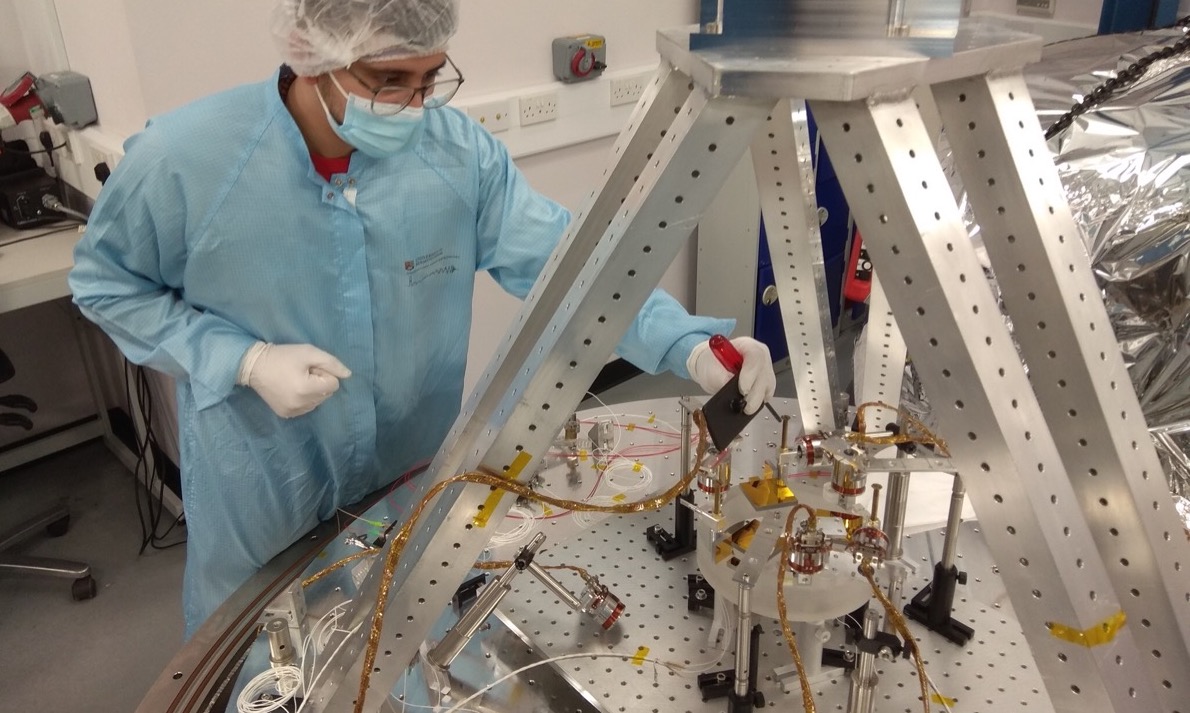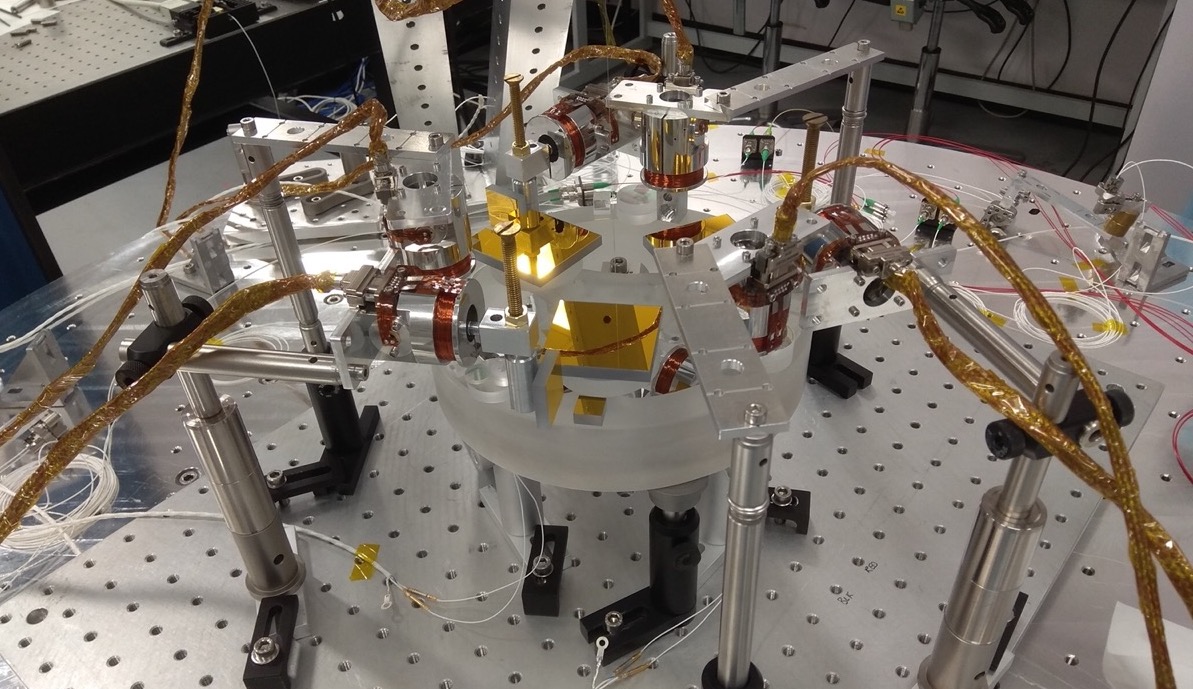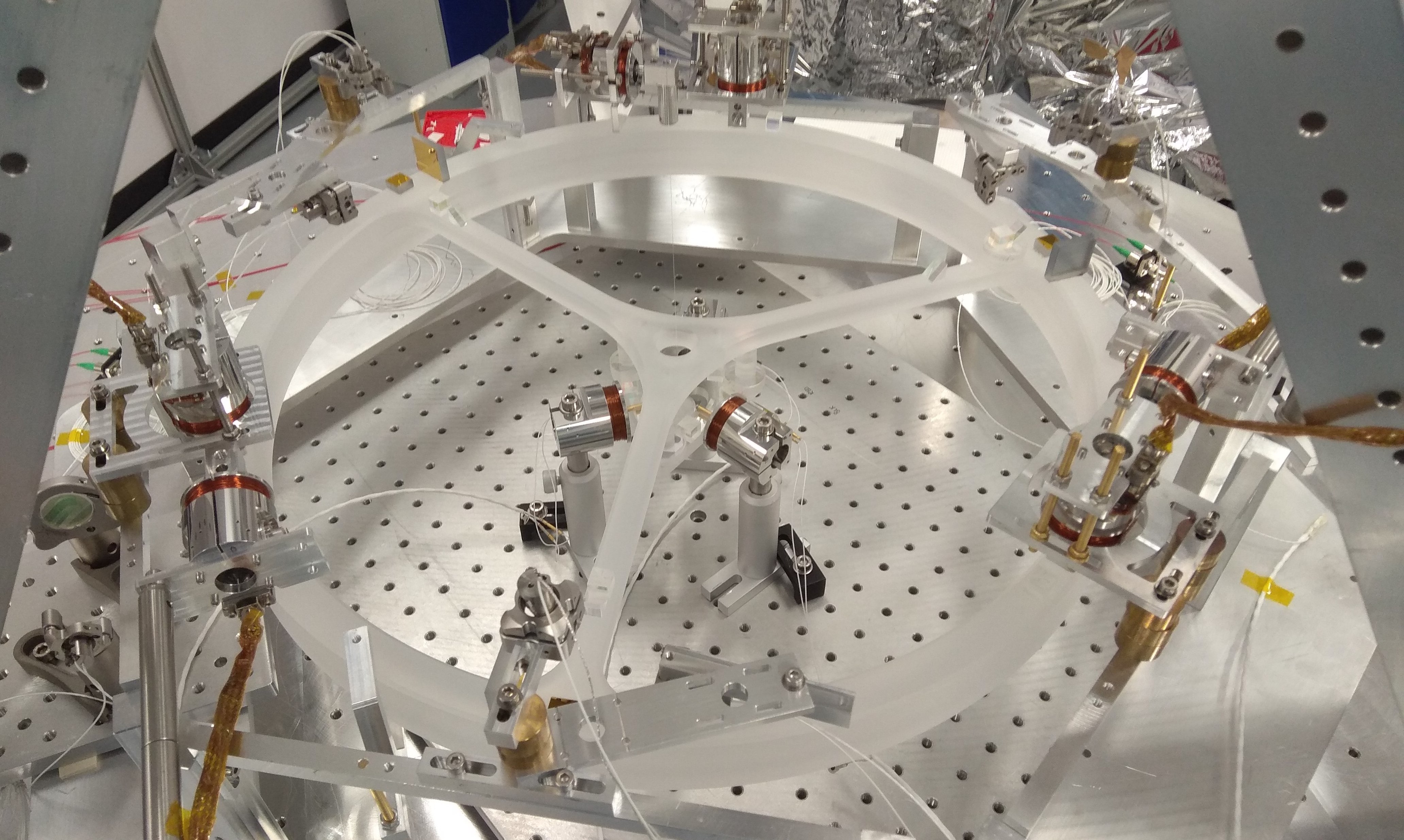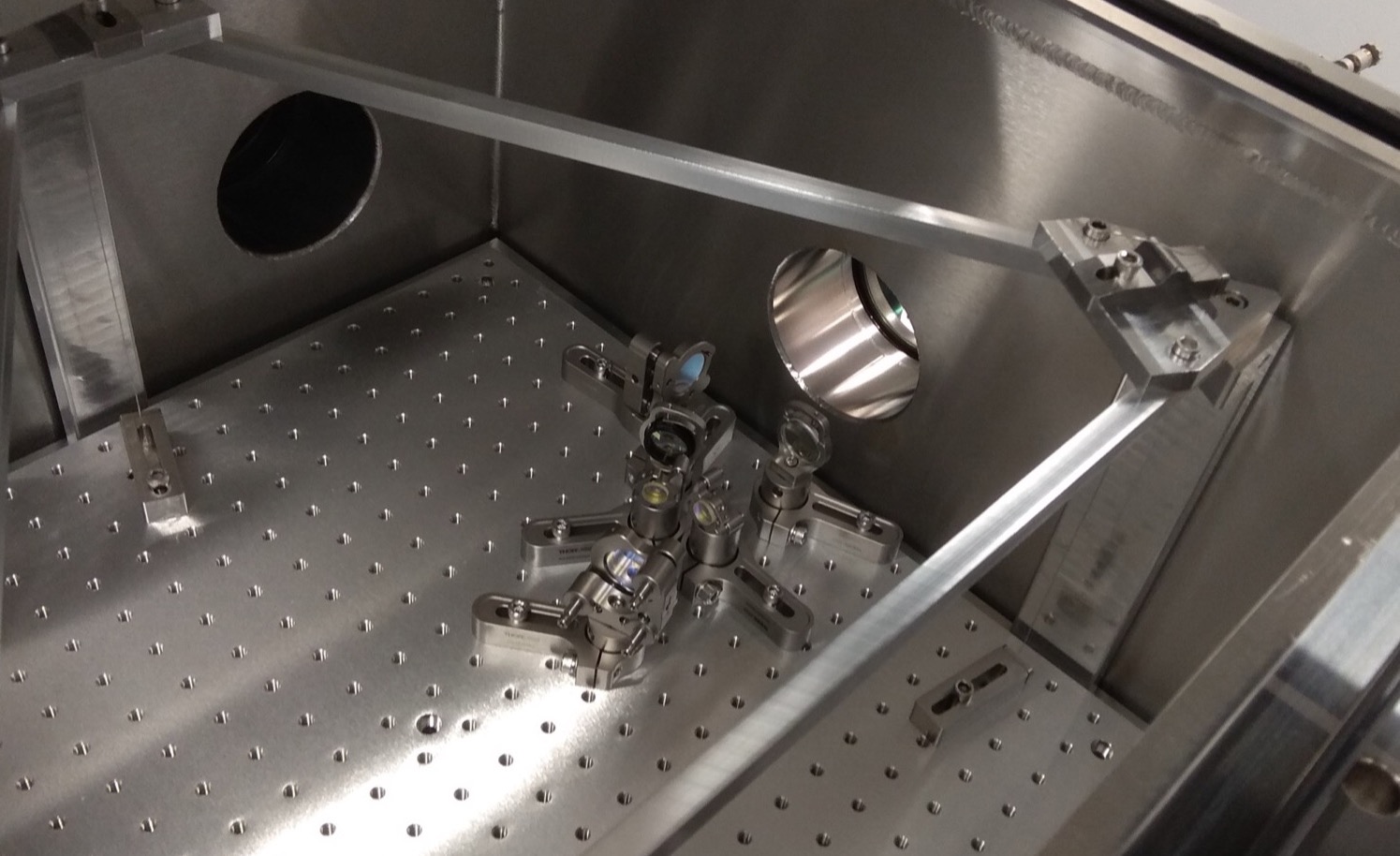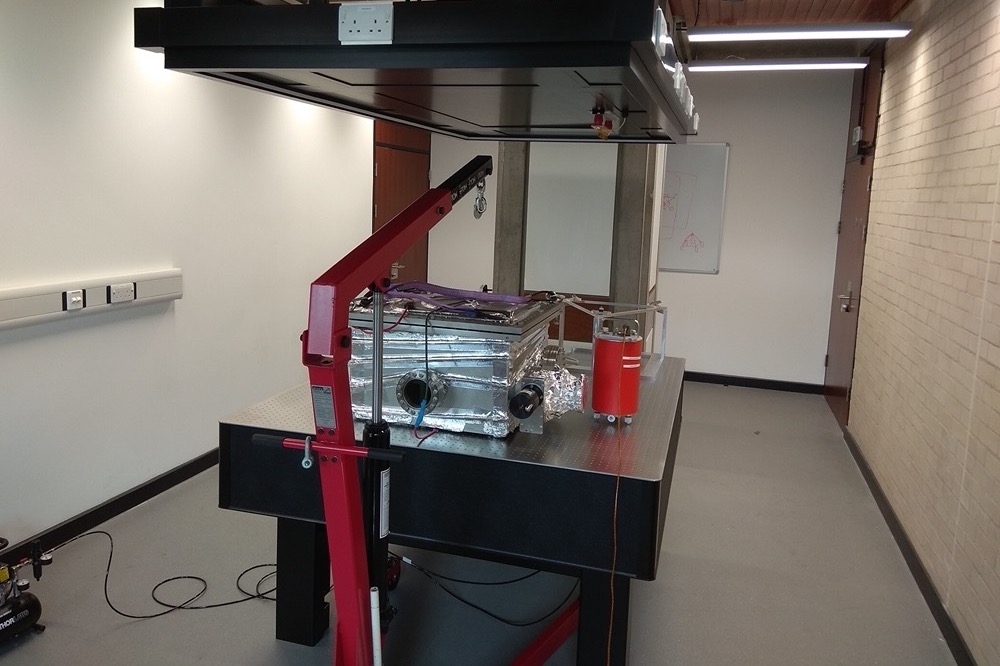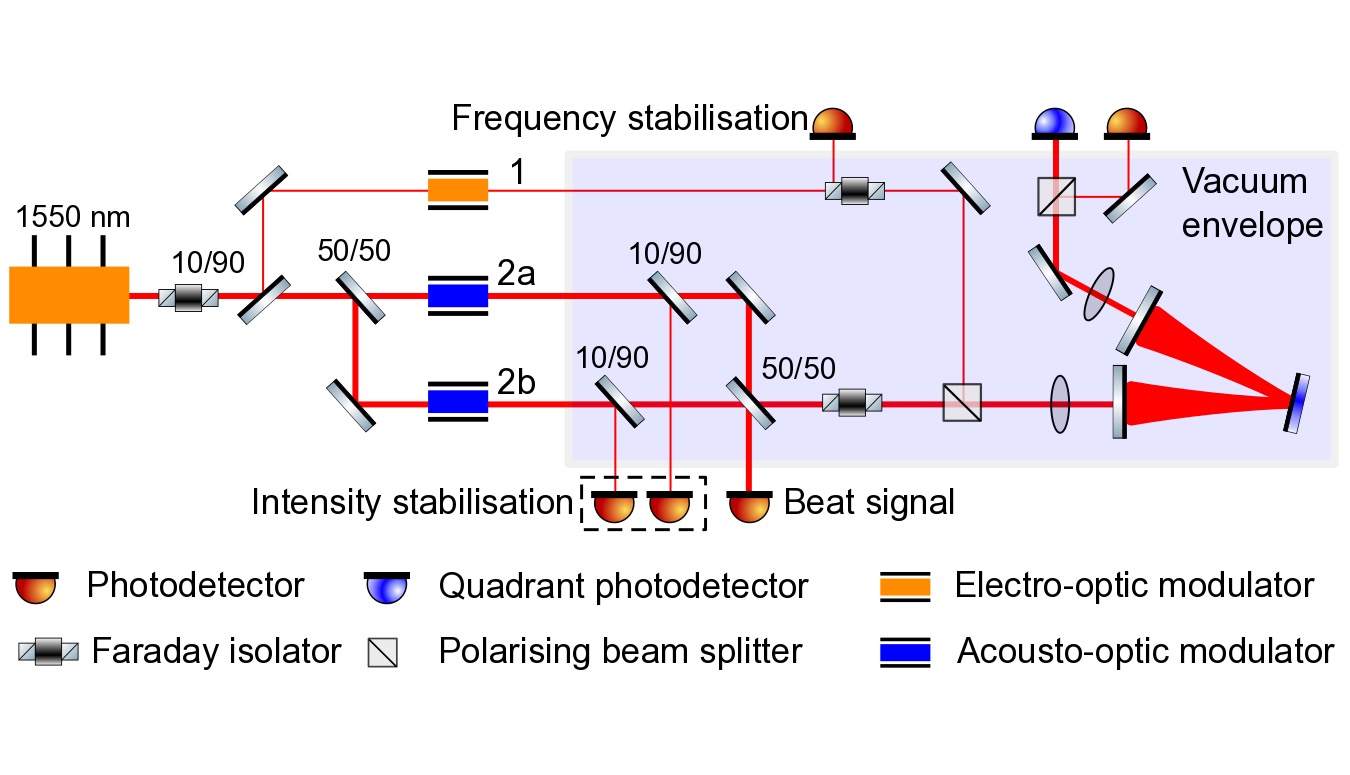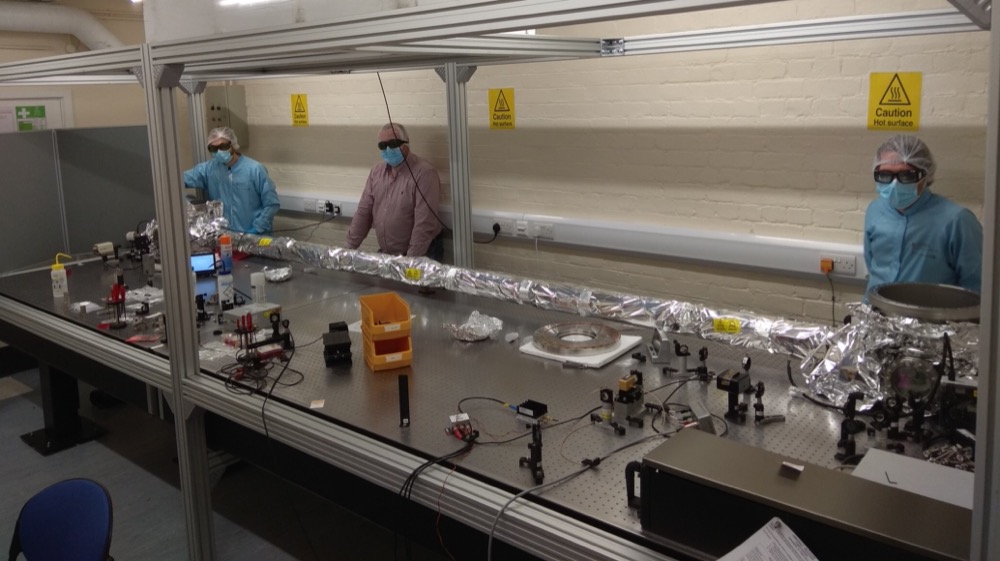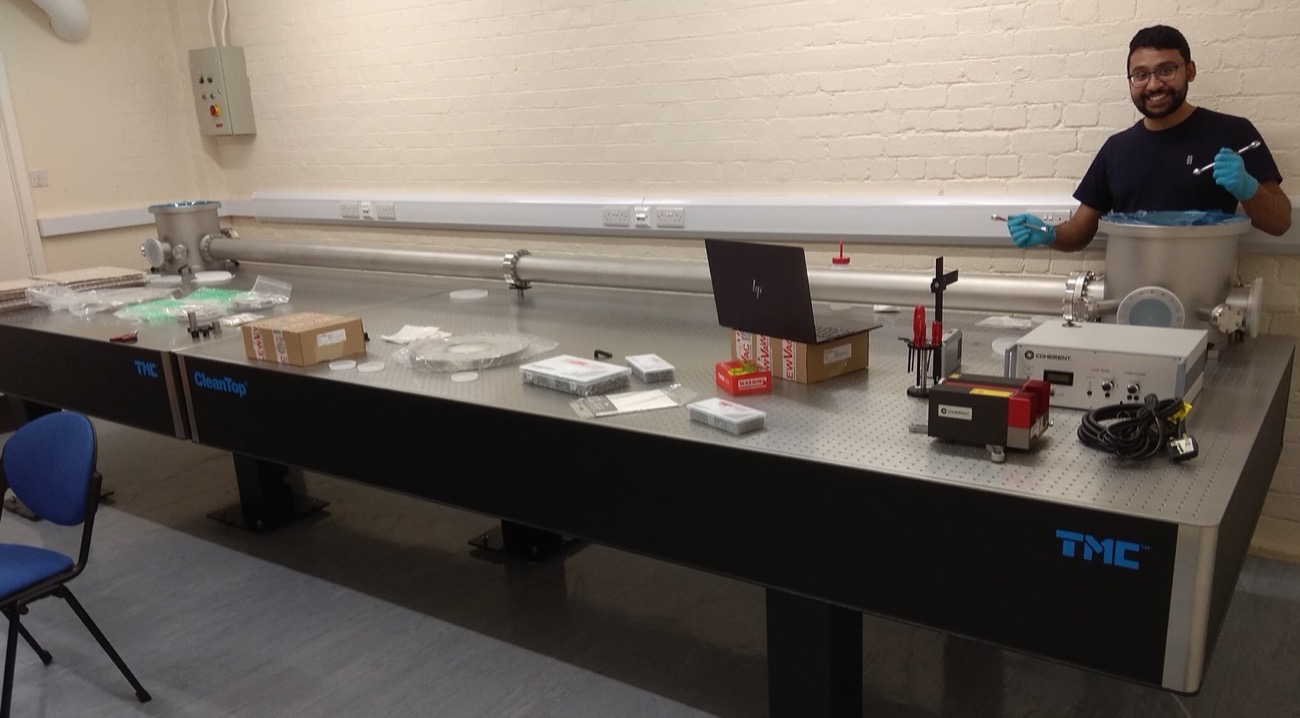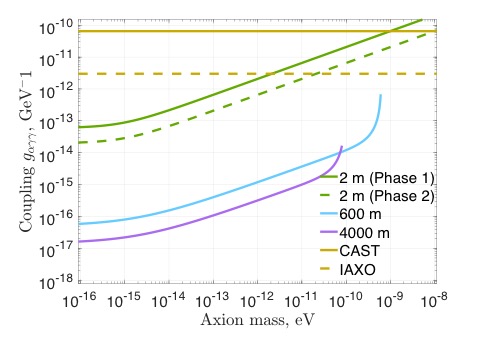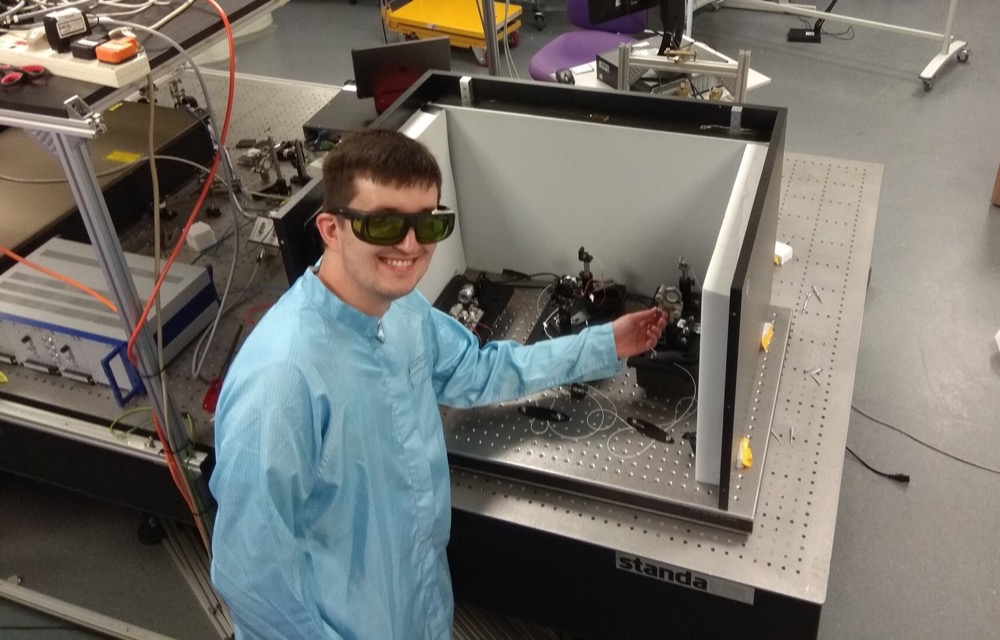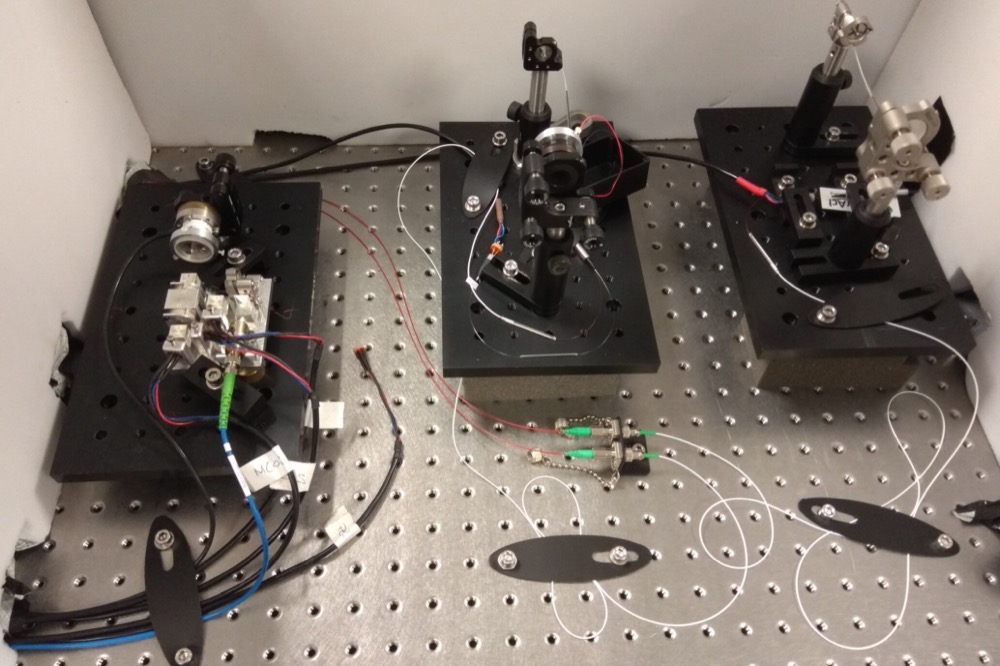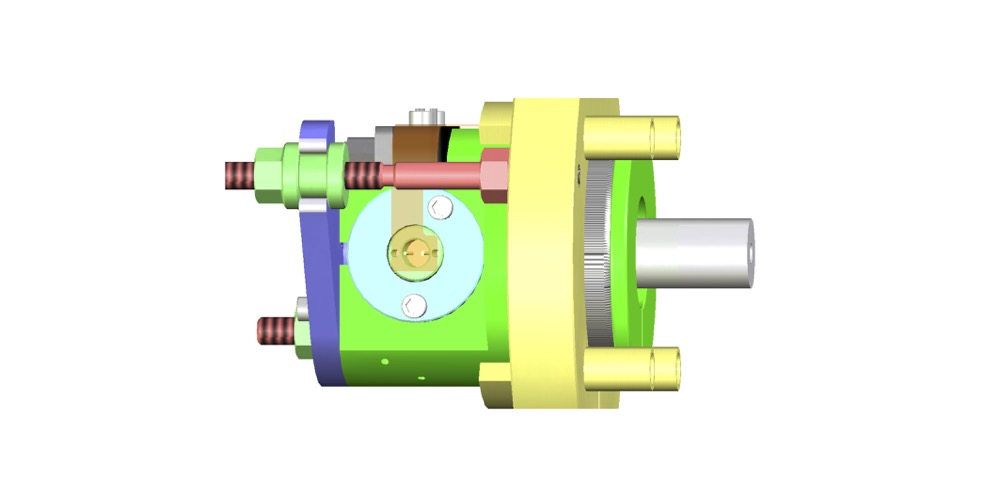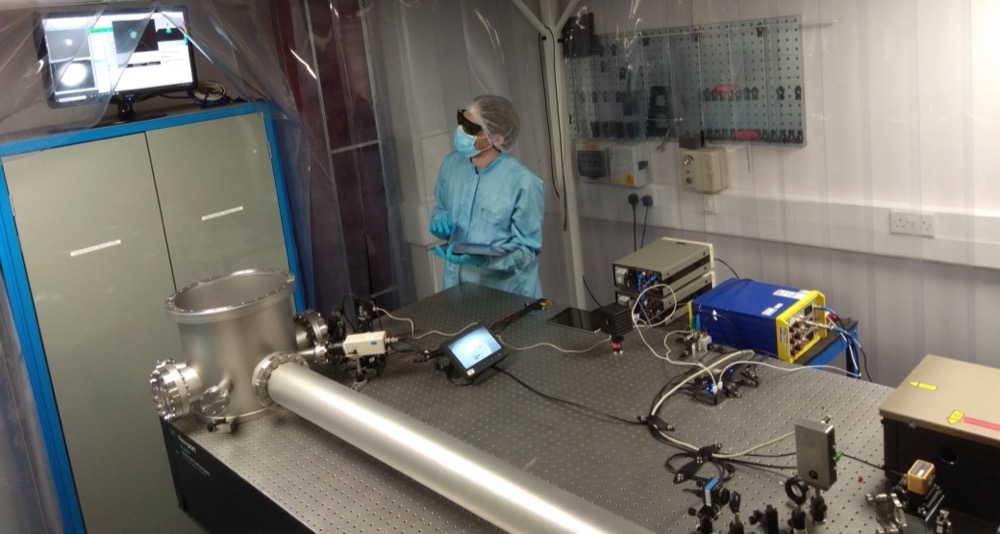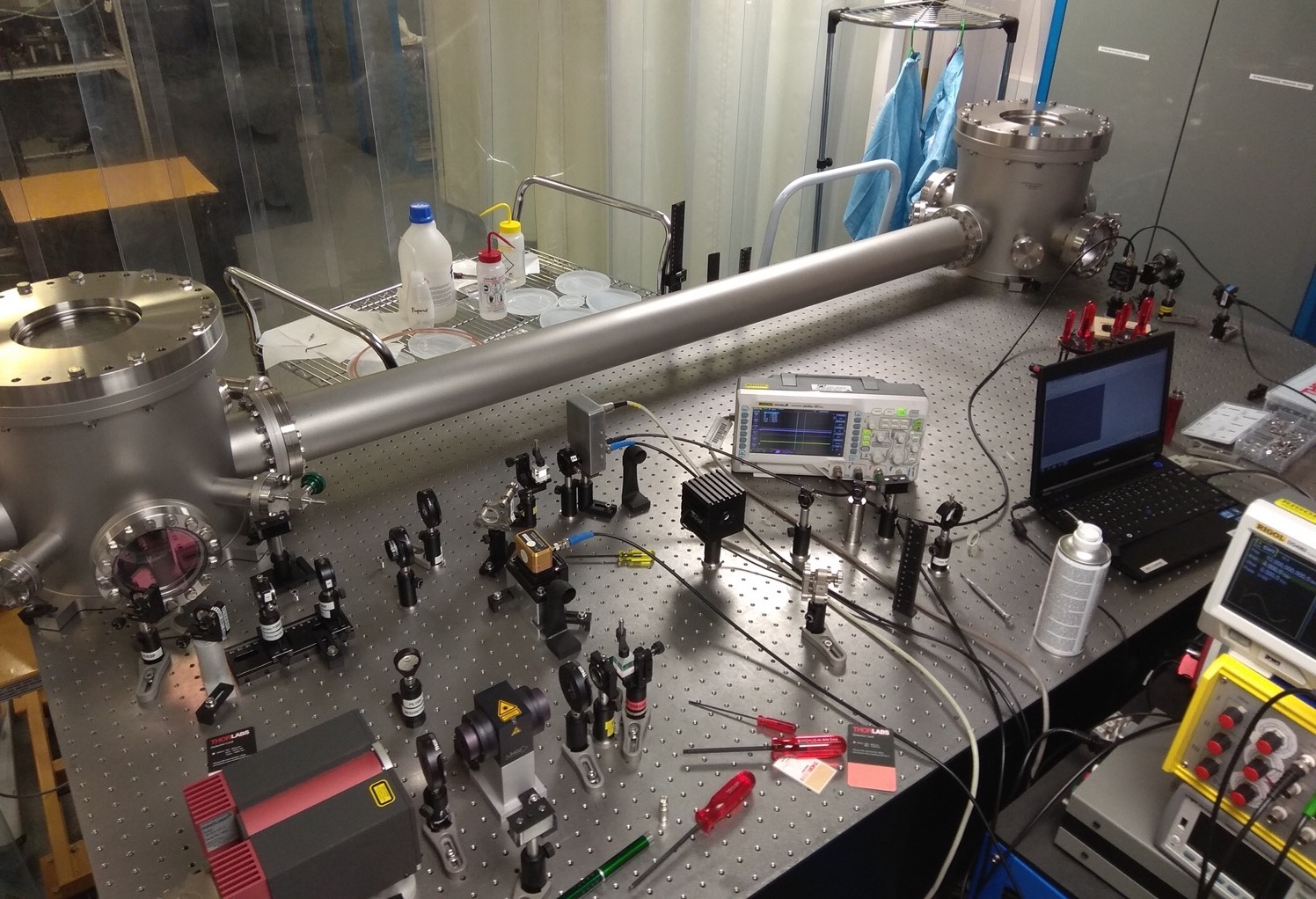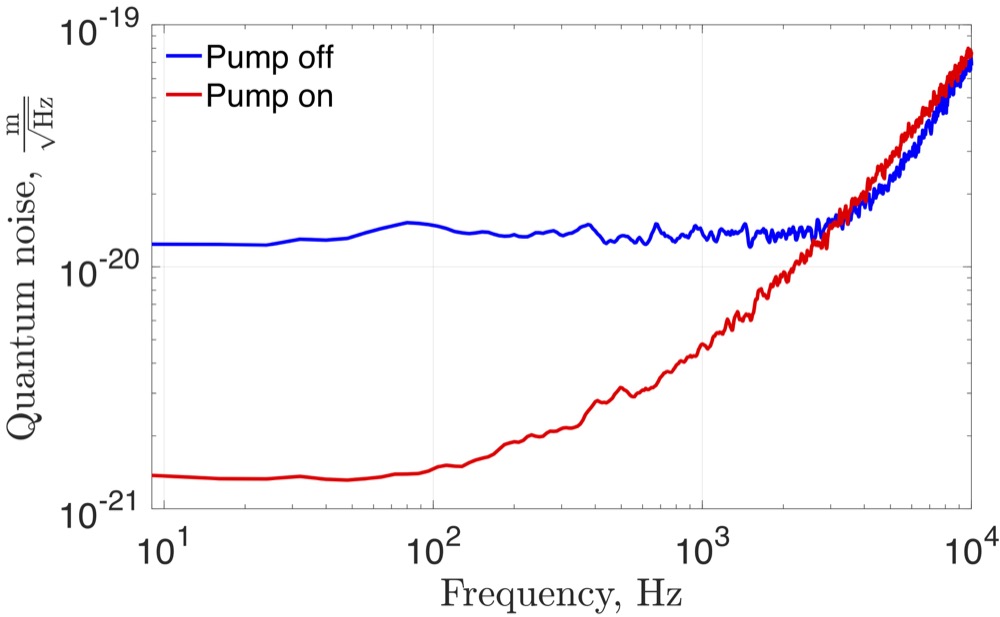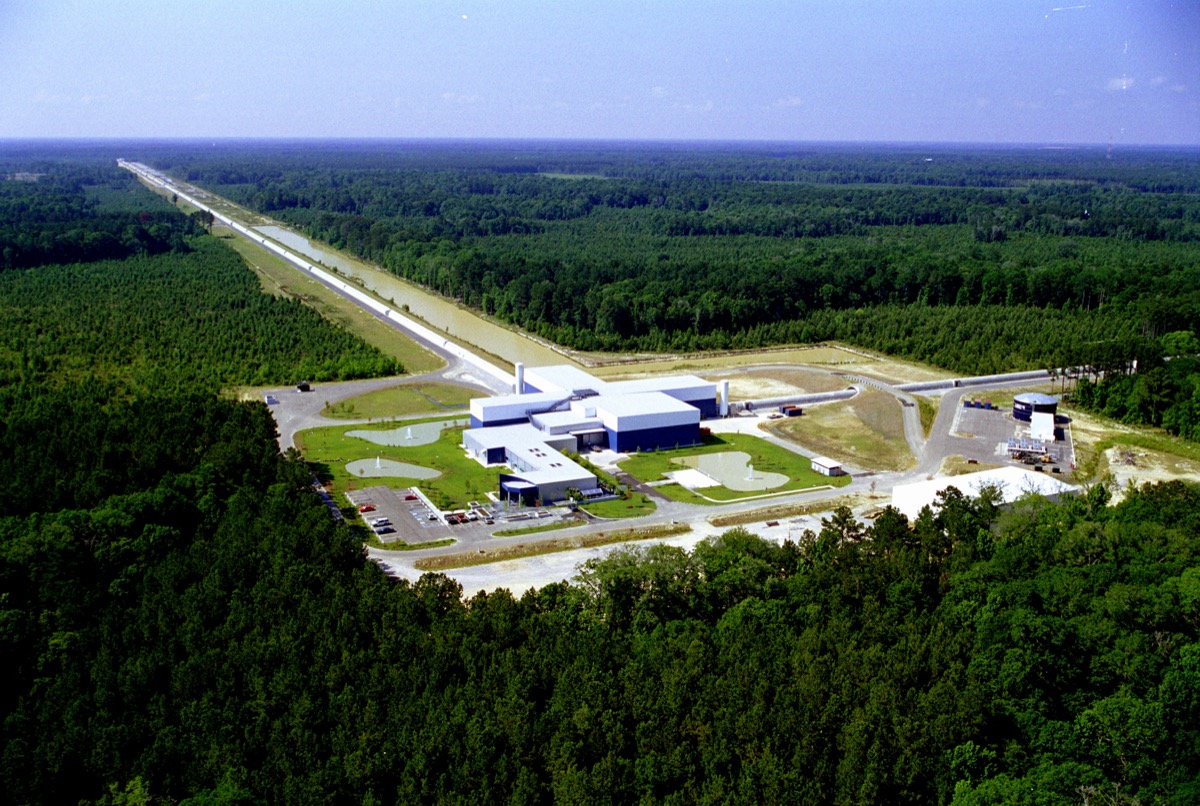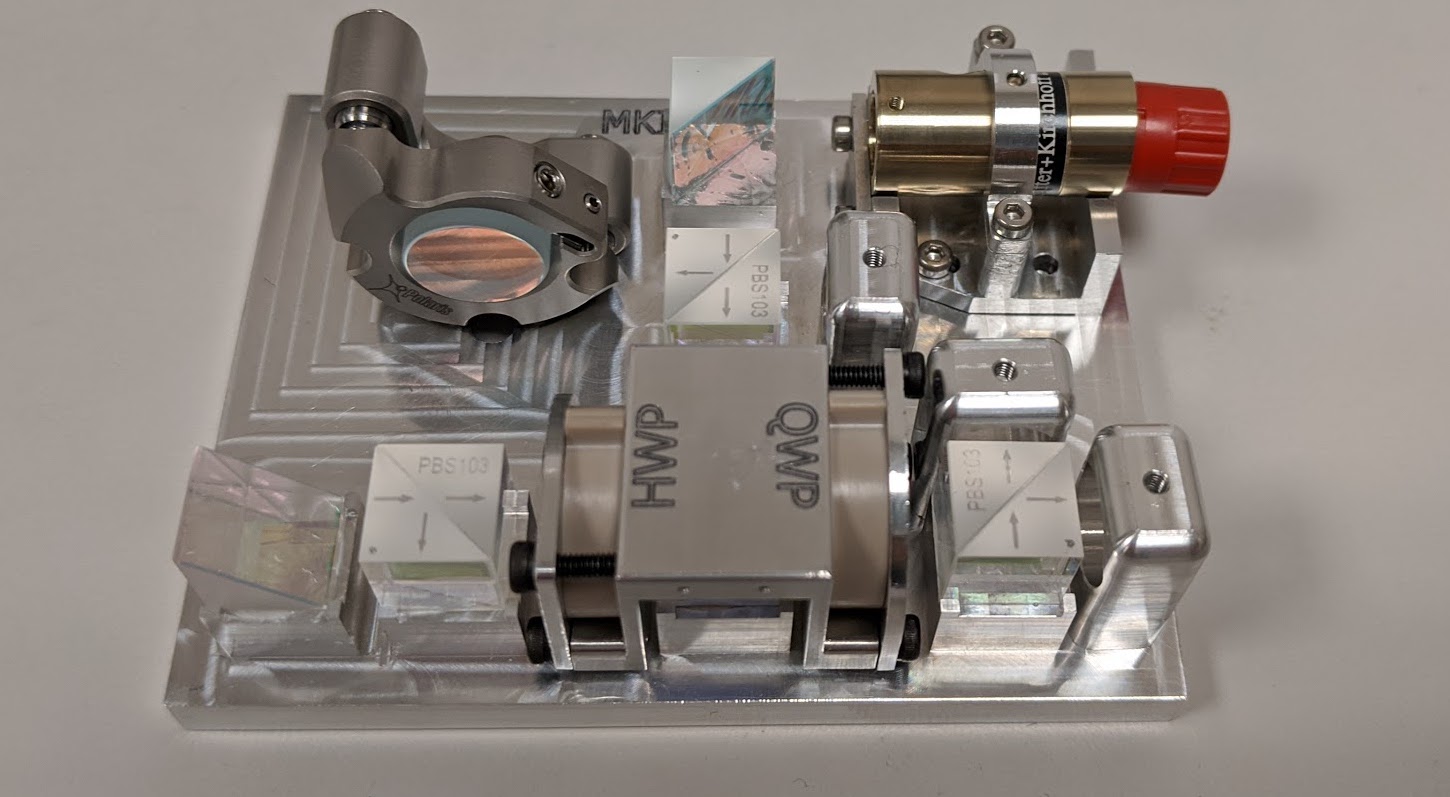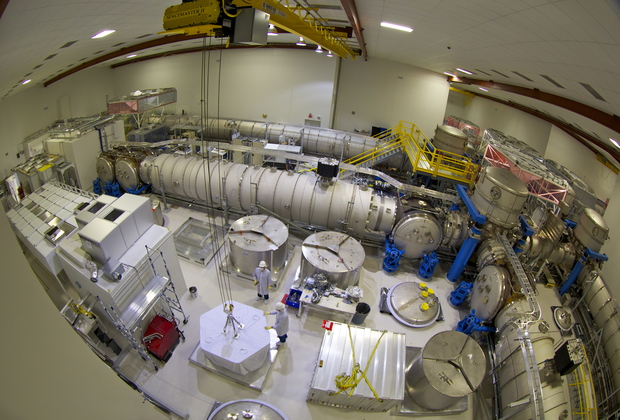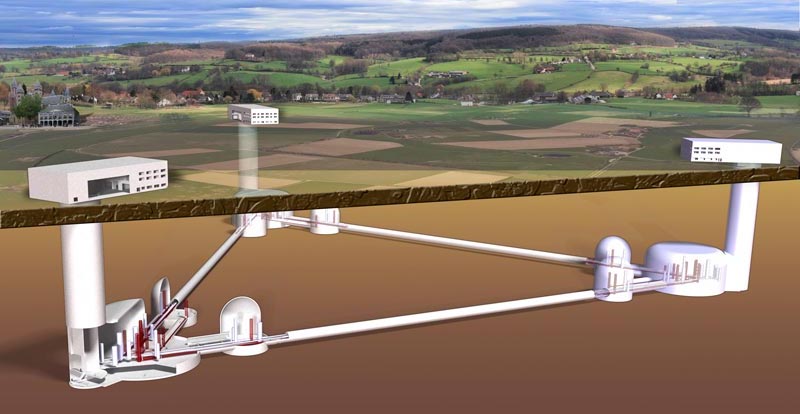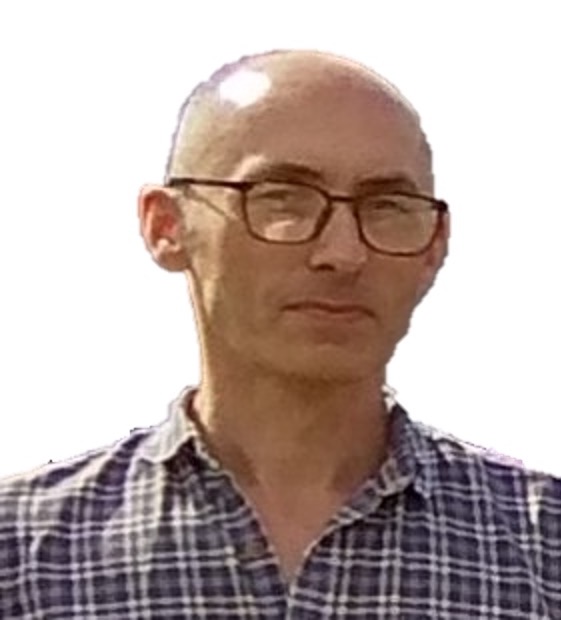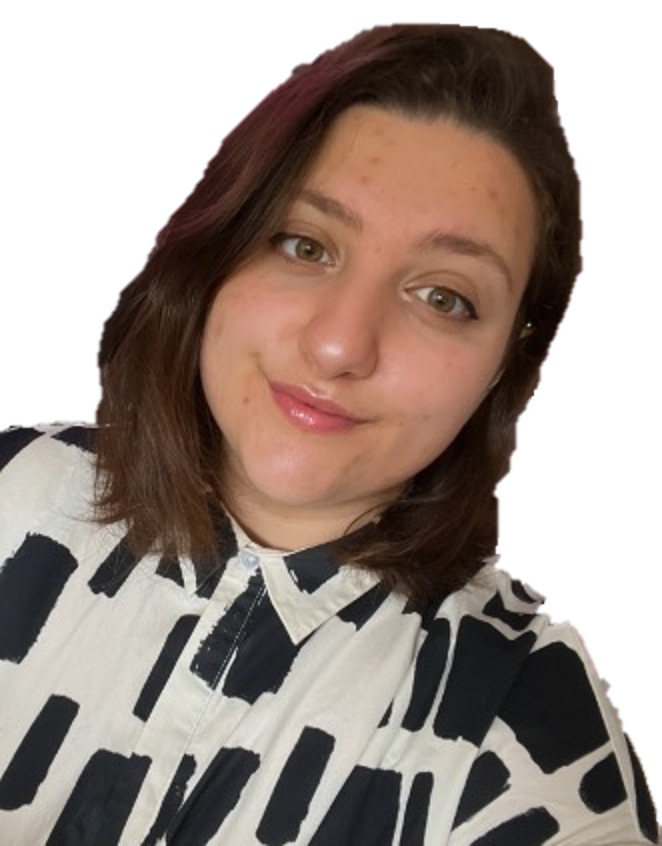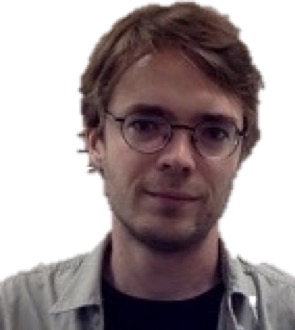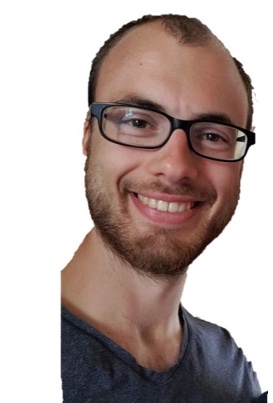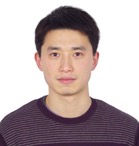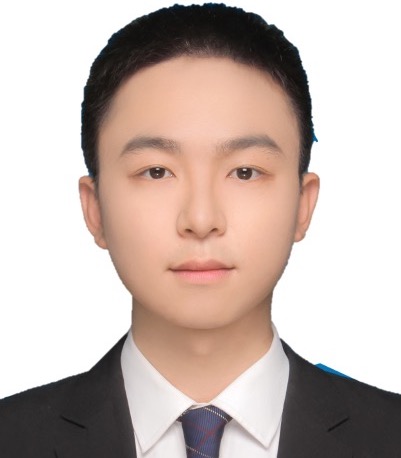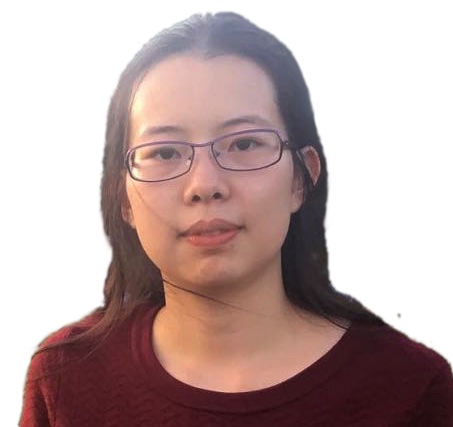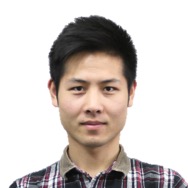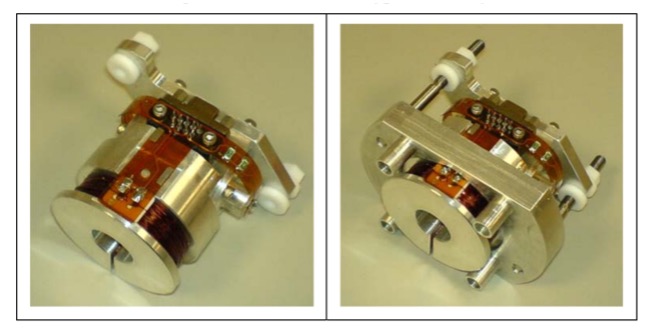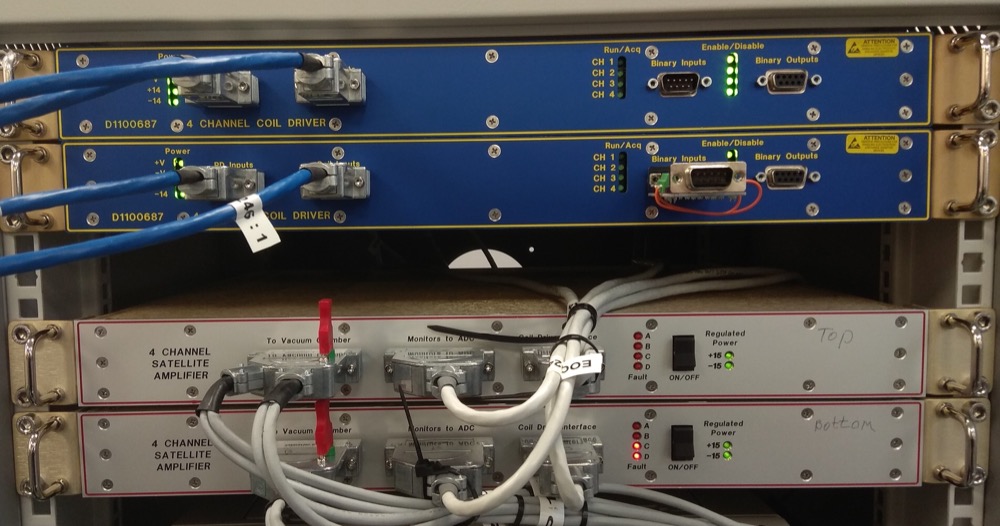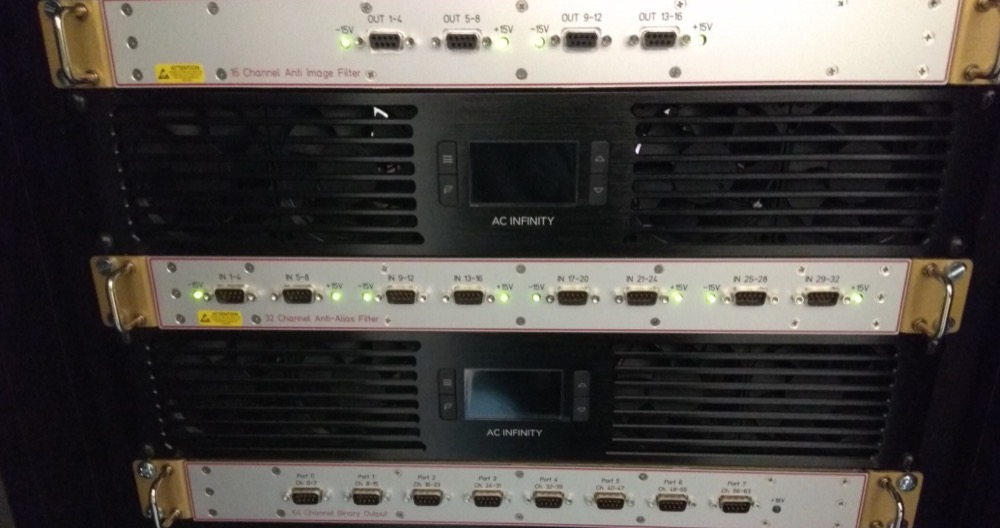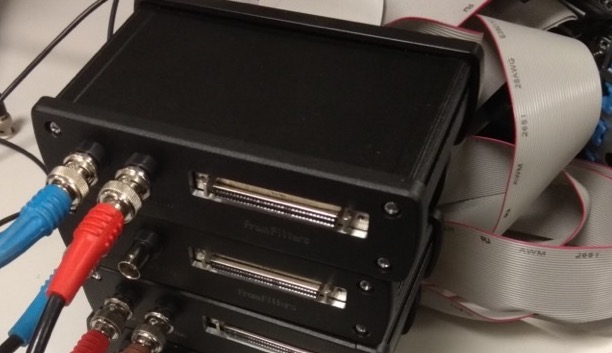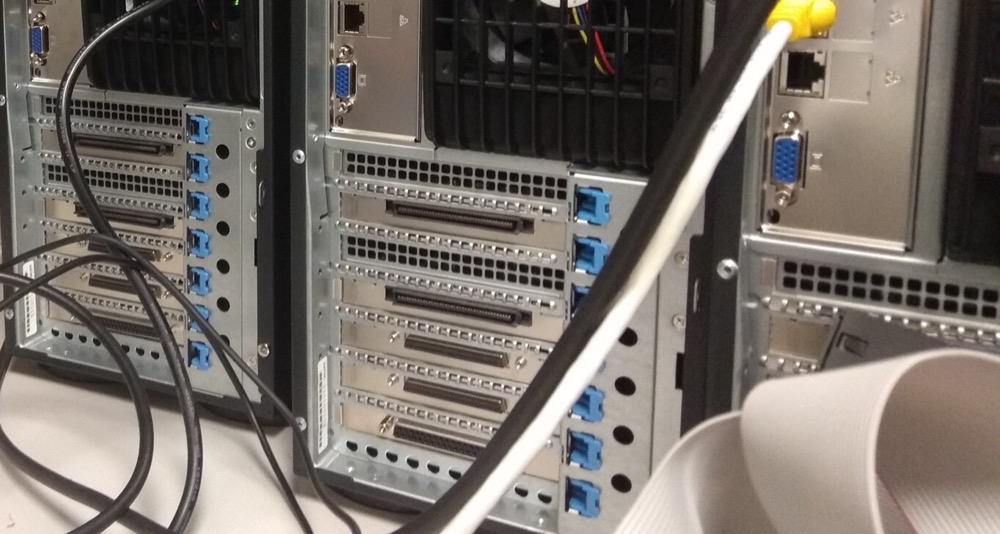MSc positions:
Every year we offer two experimental projects for Birmingham Master students.
PhD positions: Application deadline is on Jan 19, 2025!
Quantum interferometry for dark matter searches:
Axions, hypothesised particles and leading candidates for dark matter, offer an intriguing solution to outstanding mysteries in fundamental physics. This project will explore innovative detection strategies leveraging quantum-enhanced interferometry. You will work on developing and implementing novel techniques involving optical cavities, squeezed sources of light, and single-photon detectors to search for axion-induced signatures. Squeezed light, a quantum state with reduced noise in one quadrature, can surpass classical sensitivity limits, while high-finesse optical cavities will amplify subtle axion signals. Single-photon detectors, with their ability to detect weak light signals with high fidelity, will play a crucial role in achieving quantum-limited detection precision. The project is at the intersection of quantum optics, precision measurement, and particle physics. You will: (i) design and simulate quantum optical systems for axion detection, (ii) build and test experimental setups using state-of-the-art photonics and interferometric techniques, (iii) analyse data to identify potential axion signals and refine detection limits. The successful candidate will join a dynamic research group with expertise in quantum optics, dark matter searches, graivtaional wave detection, and collaborating with international teams. Applicants should have a strong background in physics, engineering, or a related discipline, with interest or experience in quantum technologies and fundamental physics.
Advanced inertial isolation for LIGO:
Join an ambitious project aimed at enhancing the low-frequency sensitivity of the Laser Interferometer Gravitational-Wave Observatory (LIGO). This project focuses on developing fused silica seismometers to improve LIGO's inertial isolation systems, enabling groundbreaking advances in gravitational-wave detection. LIGO's sensitivity at low frequencies is critical for detecting intermediate-mass black holes and improving early localization of neutron star mergers, facilitating multi-messenger astronomy. Current inertial isolation systems are limited by noise and sensitivity constraints at low frequencies. This project seeks to overcome these challenges by designing and implementing novel seismometers using fused silica, a material known for its exceptional thermal and mechanical stability. As part of this research, you will: (i) develop and prototype fused silica-based inertial sensors with unprecedented precision, (ii) integrate these sensors into LIGO-type isolation systems to enhance low-frequency performance, (iii) model and test the system's impact on the detection of astrophysical sources, contributing to next-generation gravitational-wave science. This PhD position is ideal for candidates with a strong background in physics, engineering, or a related discipline, and a passion for cutting-edge experimental research. Experience in precision measurement, materials science, or optical systems is advantageous but not required.
Send your questions about jobs to
Denis Martynov and
Alberto Vecchio
